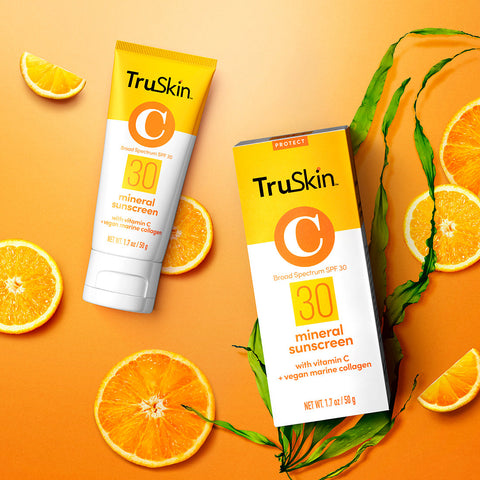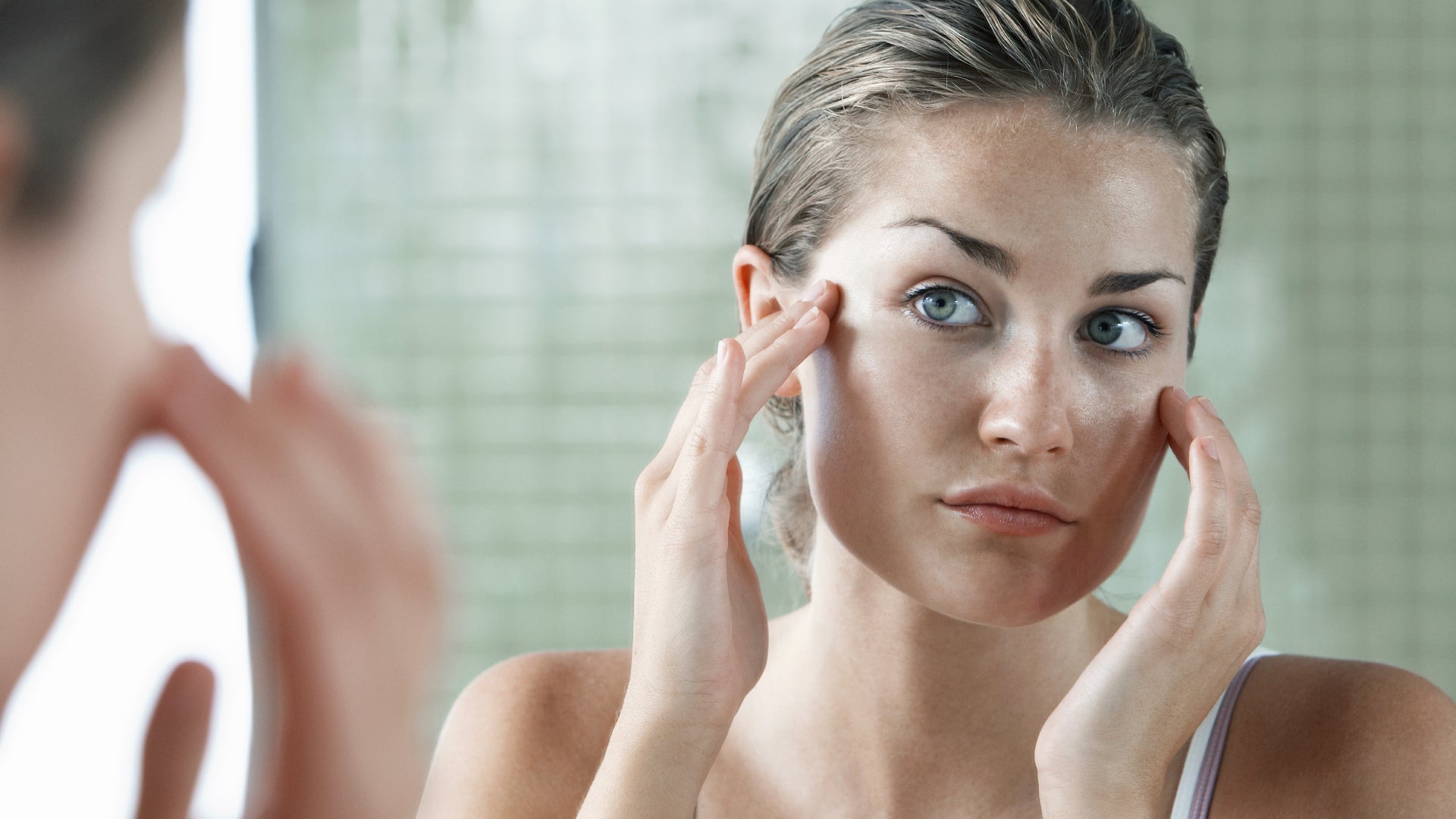
A Focus On Vitamin E In Skincare
Vitamin E is one of those skincare ingredients that’s been loved forever. A potent antioxidant and moisturizing master, here’s everything you need to know.
Don’t get us wrong, we’re all for trying out new ingredients in our skincare routines. But oftentimes, the oldies are the best. Take, vitamin E, for example. Used for over 50 years in cosmetics, vitamin E offers a whole bunch of benefits to the skin and for us, it’s up there with vitamin C, hyaluronic acid, retinol and, well, we could go on. But we won’t.
We’re sure you already have a little vitamin E in your daily regime, but how well do you know this unassuming but revered skincare ingredient? Not well at all? Then allow us to introduce you to everything vitamin E has to offer.
First Things First, What Is Vitamin E?
Vitamin E is a fat-soluble antioxidant that’s found naturally in your skin where it supports cell function and helps maintain the overall health of your skin. But guess what happens as you age? You’ll never gue… OK, you totally will because we know you’ve heard this one before. Yes, just like your natural levels of collagen, elastin, hyaluronic acid, ceramides and all the other good stuff found in your skin, vitamin E depletes with time. Age is, for sure, a vicious, vicious beast.
In better news, vitamin E can be found in various food sources including nuts, leafy green veggies, avocado, pumpkin, olive oil and sunflower oil, so try adding more of these into your diet to help keep your levels up.
It’s also produced synthetically and formulated very successfully in skincare products such as serums, oils and creams which is music to the ears of dry or aging skin. There are around eight difference forms of vitamin E, but the most common ones you’ll see on the labels of your products are tocopherol, tocopheryl acetate and alpha-tocopheryl acetate.
The Benefits Of Vitamin E In Skincare
1. Vitamin E Is A Highly Researched Antioxidant
Its powerful antioxidant properties make vitamin E one of the best ingredients for fighting those bad guys known as free radicals. Free radicals are unstable atoms produced by the skin when you subject it to too much heat, light, pollution or other nasties such as alcohol and a poor diet. In order to stabilize themselves, free radicals snatch electrons from vital skin components such as DNA, connective tissue, collagen and elastin, which damages them and accelerates premature skin aging such as fine lines, wrinkles, sagging, discoloration, the works. This is why we hate free radicals.
Antioxidants, on the other hand, are clever little cookies which offer up electrons to free radicals while maintaining their own stability. This means all the good stuff in your skin gets left alone to care, support, protect and heal your skin while the antioxidants do the hard graft in fighting those pesky free radicals. As we said, clever.
2. Vitamin E Helps Fight Sun Damage
When it comes to fighting the damaging effects of that great big ball of fire in the sky, its antioxidant powers aren’t the only thing going in vitamin E’s favor. Studies also suggest that vitamin E has photoprotective properties. What does that mean, we hear you ask? Simple, photoprotection = sun protection.
Anything that offers some kind of defense from UV damage comes under the photoprotection umbrella – think broad-rimmed hats, clothing and sunscreen. Oh, and vitamin E. Its antioxidant and anti-inflammatory properties are partly to thank for its photoprotective qualities, but research shows that vitamin E can also absorb some of the energy from UV light, further preventing UV damage and helping reduce the likes of sun-induced dark spots (aka solar lentigines if you’re feeling fancy).
One small problem: some forms of vitamin E lose their stability on the skin when exposed to UV light which means they become way less effective. Vitamin C, however helps it maintain its efficacy (and vice versa), so look for serums containing both vitamins C and E, and apply this underneath your broad-spectrum sunscreen for seriously potent protection. Sidenote: these two antioxidant powerhouses are also a great combination for brightening and strengthening the skin and can be found in our hugely popular Vitamin C Serum.
3. It’s One Helluva Moisturizer
Vitamin E has awesome emollient properties, meaning that when you apply it topically it helps fill in, repair and smooth the tiny cracks in your skin that are so often produced by dryness and dehydration. Sealing these cracks helps strengthen your skin’s natural protective barrier to reduce trans-epidermal water loss (TEWL) – the process in which water evaporates from the surface of your skin. TEWL is so not what your skin wants in life, btw, so keeping it at an all-time low by protecting your skin’s barrier function is vital for retaining moisture and keeping your skin soft, supple and healthy.
But that’s not all: vitamin E boasts humectant as well as emollient properties which means it not only seals in moisture, but draws more water into the surface of your skin – either from humidity in the air, or from deeper levels below the skin’s surface. We combine vitamin E with hyaluronic acid in our Hyaluronic Acid Serum for a real hit of moisture that’s perfect for most skin types.
Is Vitamin E The Right Choice For Your Skin Type?
The good news is vitamin E is tolerated by most people, but it’s a particularly great shout for normal, dry or aging skin. Pure vitamin E may cause reactions and/or breakouts if you have very sensitive, super-oily or acne-prone skin but the more diluted forms – which are what you’ll find in most skincare products – are generally very well tolerated.
That being said, if you’re a vitamin E newbie, always start with a moisturizer rather than a serum to help reduce irritation. Moisturizers are made up of larger molecules than serums which means they absorb into the skin slightly more slowly. They’re also likely to contain a lower concentration of active ingredients making them less likely to cause flare-ups.
Whatever product you choose, however, always perform a patch test on your skin before slathering it all over your face. Not sure how a patch test works? We can help with that, right here.


















